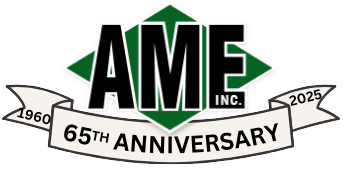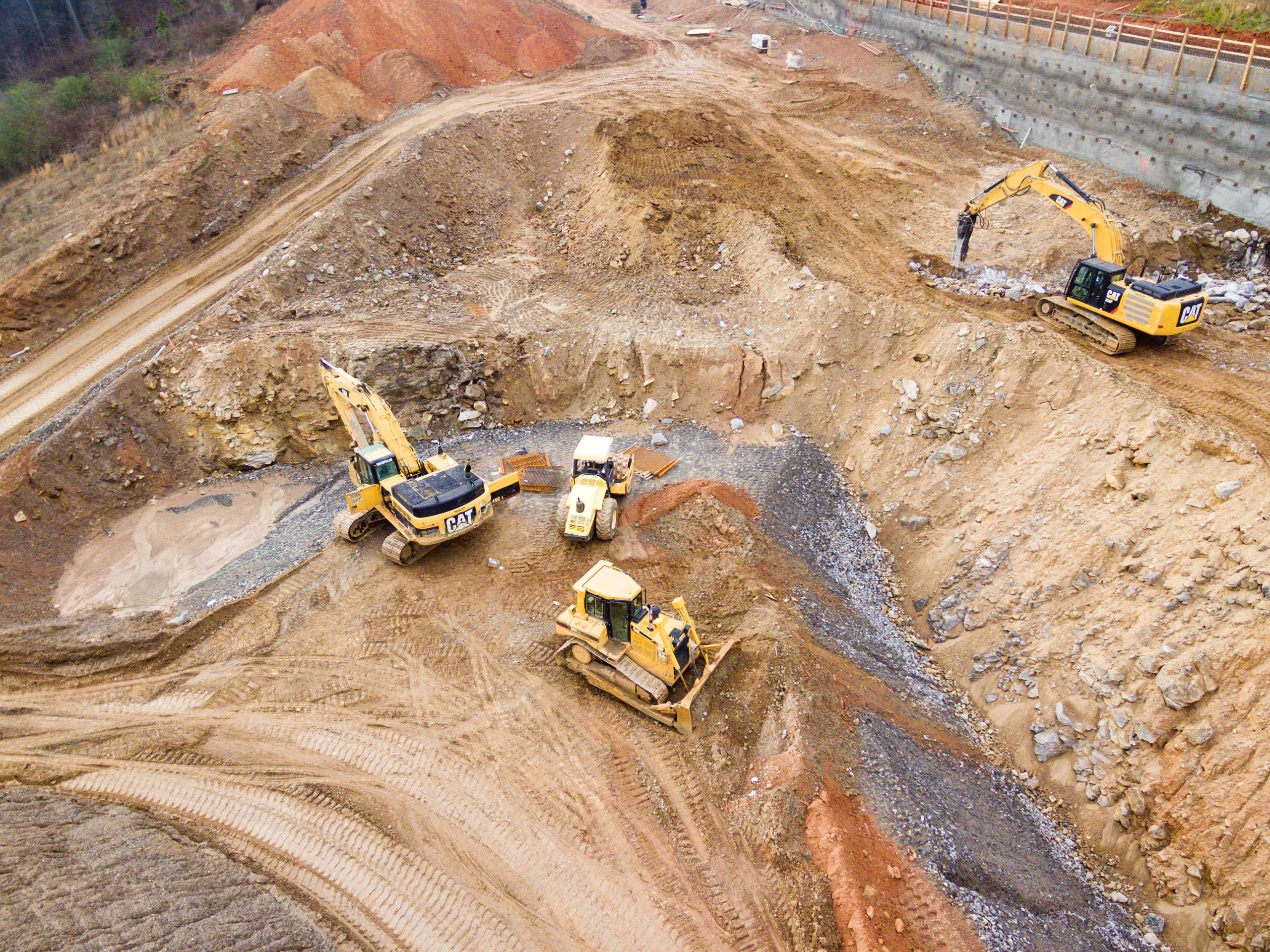In the construction and remodeling sector rigging equipment plays a significant role to ensure the best results when working with different types of projects on-site. There is a lot of moving to do and without this equipment, this process wouldn’t be possible.
To be clearer, rigging equipment refers to the tools that are used for the connection of heavy objects to the lifting machines to secure safe transportation from one place to another on the work site.
It is important to note the difference between rigging and lifting since they are often confused. While they are both crucial for the successful completion of a project, there exists a main distinction between those two: the function of rigging is to set up the equipment that will be needed to help with the hoisting part. On the other hand, lifting takes care of moving around heavy loads. Consequently, both processes complement each other but are essentially different.
What are the most common types of rigging equipment?
Learning about the appropriate type of equipment for a project and how to use them ensures the best results. Among the most common types of rigging equipment we have:
- Eye bolts: they serve as an anchor point for numerous rigging applications. As with every rigging hardware, their usage depends on different elements including how heavy the load is or the loading angle.
- Rigging hooks: their function is to secure heavy loads when being lifted to prevent them from falling by connecting with other kinds of rigging equipment.
- Block and pulleys: they work together to help reduce the strain needed for lifting incredibly heavy objects.
- Wire ropes: usually attached to a crane, wire ropes support the moving of objects or loads.
- Slings: this tool is used in conjunction with wire ropes to provide balance when shifting heavy loads from one point to another.
Safe handling of rigging equipment
To avoid accidents on the work site and protect the workers, as well as the project itself, when handling rigging equipment, it is important to follow safety protocols that include:
- Make sure the equipment is in optimal conditions
- Strictly following the manufacturer’s guidelines
- Working only with the permitted loads per equipment
- Communicating effectively with crane operators
- Staying away from suspended loads
- Storing the equipment in a safe place after using it
Better safe than sorry
Projects that involve crane rigging are meant to be taken seriously due to all the technical knowledge it requires coupled with the crucial safety rules that need to be applied for the protection of personnel and property.
Hiring professionals that can assist you with all these operations is the best option to achieve the desired results. At AME. we have the expertise to develop your project safely. If you need more information, please contact us.

